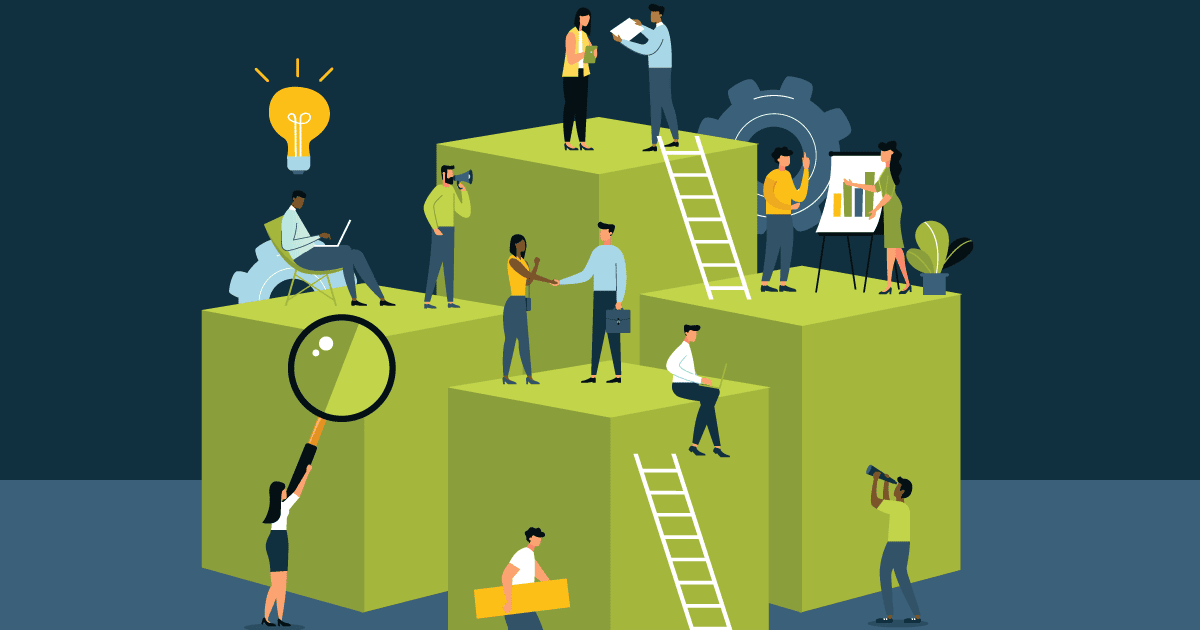Key Takeaways
- Employee turnover is a significant issue in higher education, requiring effective HR strategies for retention.
- Learning and development (L&D) programs are crucial for enhancing employee engagement and reducing turnover.
- Institutions investing in upskilling see better retention as staff develop skills for more responsible roles.
- A tailored approach to L&D that considers individual and organizational needs can maximize its effectiveness.
- Clear communication about available L&D resources is essential for employee engagement.
- Fostering a culture of continuous learning attracts and retains diverse talent in academic settings.
- Overcoming budget and time constraints is vital for implementing effective L&D programs in higher education.
In today’s rapidly evolving educational landscape, retaining talented employees in higher education has become more critical than ever. As institutions face heightened pressures, including budgetary constraints and increased expectations, a strategic focus on Learning and Development (L&D) can be a game-changer for retention. This blog post delves into how HR leaders in academia can leverage L&D to create a supportive environment that fosters growth, enhances engagement, and ultimately retains top talent.
Understanding the Importance of Employee Retention in Higher Education
Employee turnover is a significant challenge confronting higher education institutions. With academic staff often juggling heavy workloads in combination with shifting demands, the need for effective retention strategies is clear. High turnover not only disrupts operations but also affects the morale and productivity of the remaining workforce, making it imperative for HR leaders to devise robust retention strategies.
The Crucial Role of Learning and Development Programs
L&D programs emerge as vital tools in the quest to retain academic talent. Here’s why they are indispensable:
1. Boosting Engagement and Reducing Turnover
Engagement is a key driver of retention. L&D programs enhance engagement by providing opportunities for personal and professional growth, making employees feel valued and invested in their roles. This, in turn, reduces turnover rates, as satisfied employees are less likely to seek opportunities elsewhere.
2. Developing Future Leaders
Institutions investing in upskilling and reskilling see improved retention as employees develop skills for roles with increased responsibilities. By nurturing leadership abilities, colleges can ensure a robust pipeline of future leaders from within their ranks.
Creating Tailored L&D Programs: A Strategic Approach
A one-size-fits-all approach does not apply to L&D. Tailoring programs to meet both organizational and individual needs yields the best results. Here are crucial steps HR leaders can take:
Evaluate Needs
Assessing skill gaps and institutional goals is vital for designing effective L&D programs. Whether it’s enhancing faculty skills in emerging technologies or equipping administrative staff with advanced management training, aligning programs with specific needs ensures relevance and impact.
Personalize Learning Journeys
Offering personalized learning paths caters to diverse backgrounds and aspirations. From online courses to leadership workshops, providing a mix of formats allows employees to choose what best fits their learning style and career goals.
Communication: The Key to Effective L&D
Employees can only benefit from L&D opportunities if they are aware of them. Transparent communication about available resources through internal newsletters, emails, and dedicated portals is essential to maximize participation and impact.
Appoint Learning Ambassadors
Deploying “learning ambassadors” within departments can promote programs and advocate for professional growth. These ambassadors play a crucial role in fostering a culture of learning and encouraging peers to actively engage in development initiatives.
Fostering a Culture of Continuous Learning
Embedding a continuous learning culture within the institution attracts and retains diverse talent. Institutions can do this by:
- Hosting regular inclusion and diversity training sessions.
- Encouraging career development discussions between employees and managers.
- Celebrating learning achievements through awards and recognition.
Overcoming Challenges in Implementing L&D Programs
Implementation of L&D initiatives in higher education does come with challenges, such as limited budgets and time constraints. HR can navigate these by:
- Starting small with high-impact initiatives requiring minimal investment.
- Offering micro-learning opportunities like short training videos and webinars.
- Utilizing cloud-based platforms to provide access to resources for both in-person and remote employees.
In conclusion, strengthening retention in higher education requires a proactive approach to Learning and Development. By investing in tailored and well-communicated L&D programs, HR leaders can create a nurturing environment that not only engages and retains talent but also aligns employee skills with the strategic goals of educational institutions. This investment in human capital is ultimately an investment in the institution’s future success.




